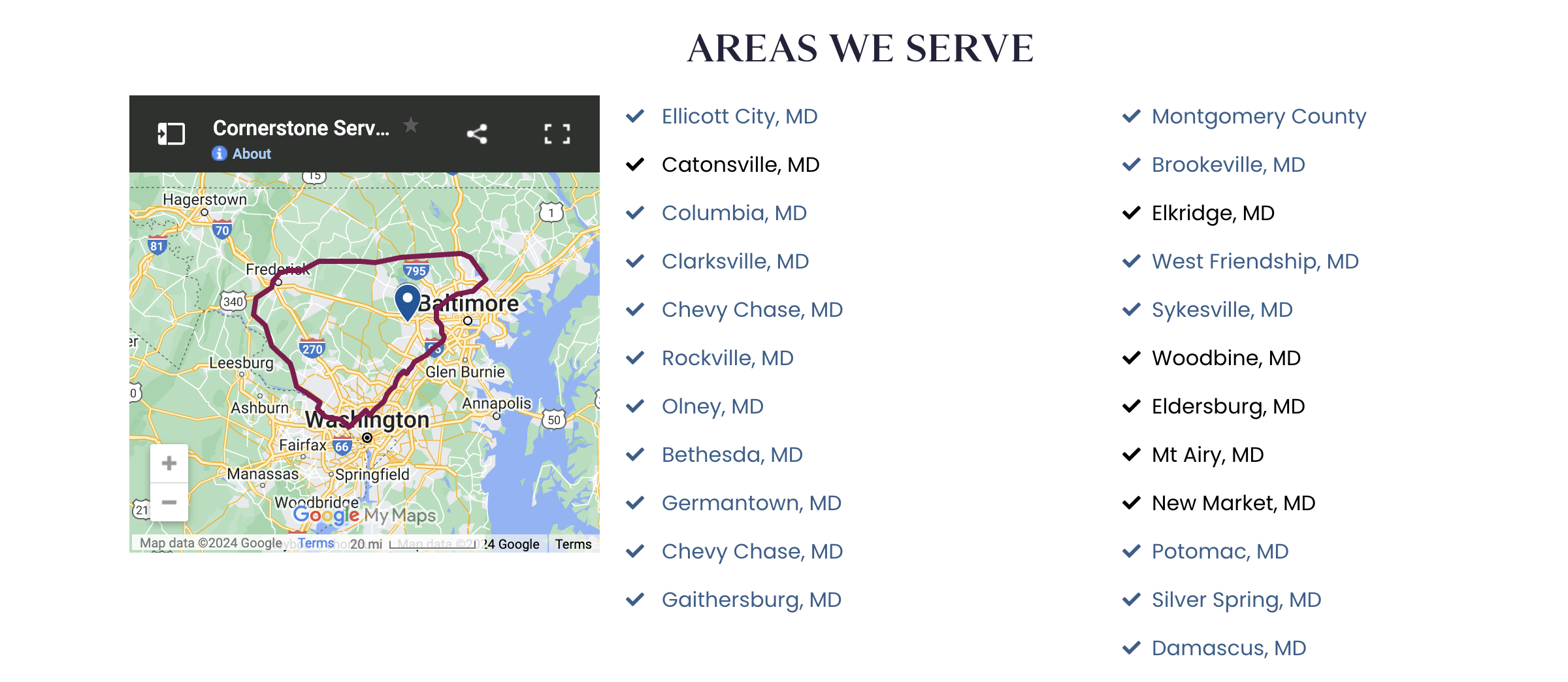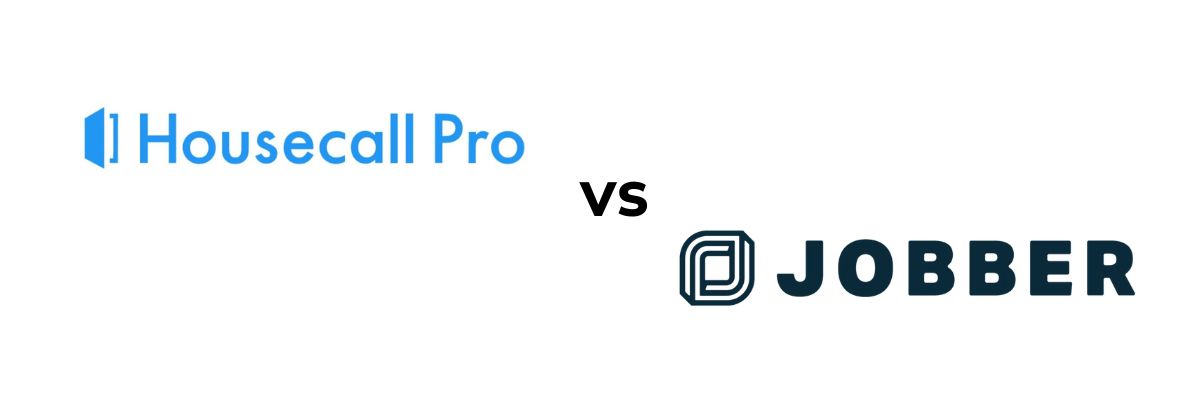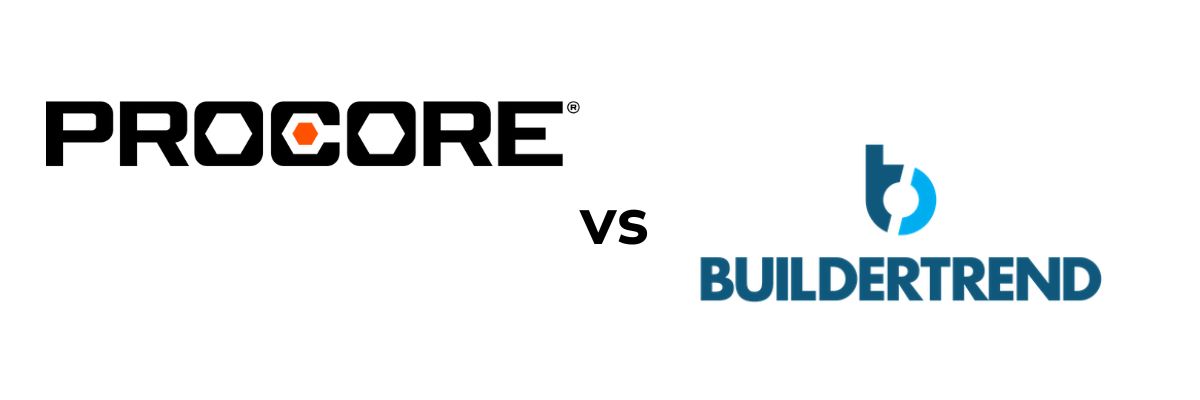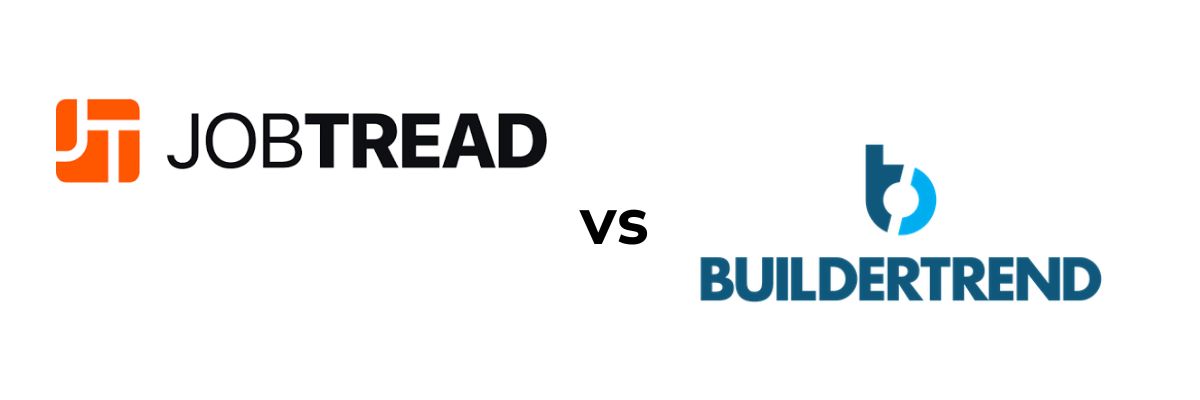SEO for remodeling companies is easier than some would have you believe. At 7ten, we know that SEO is an extremely simple and straightforward strategy that any remodeling firm can implement to drive organic leads and scale revenue over time.
If you follow and implement the simple SEO strategy outlined in this article, you are sure to rank higher in Google and drive more leads to your remodeling business.
“An idiot admires complexity, a genius admires simplicity…if you make something so clusterfucked they can’t understand it, they’re gonna think you’re a god cause you made it so complicated nobody can understand it.”
Terry Davis
Our simple three-part SEO strategy looks like this:
- Create service-location pages for the areas and services you cover: i.e. “Kitchen remodeling in (city)”, “Home additions in (city)”, etc.
- Create location-specific content that people are searching for related to your services: i.e. “Cost of kitchen remodeling in (city)” “How long does a home addition take in (city), etc.
- Build relevant backlinks to your service pages and content
That’s it—that’s the simple three-part SEO strategy we implement for our remodeling clients, like Cornerstone Remodeling, which led to a 100% increase in Y/Y revenue and a 3,400% increase in organic traffic.
If you’re curious to learn how this strategy is implemented, keep reading!

Step One: Service-Location Pages
One of the most common missing elements on a remodeling company’s website is service location pages. These pages are crucial for both search engines and potential customers to understand the full scope of your services and the areas you cover.
Importance of Service-Location Pages
What are Service-Location Pages?
Service-location pages are dedicated pages on your website that specify each service you offer in each area you serve. For example, if your company provides kitchen remodeling services throughout Florida, you should create separate pages for each major city, such as “Kitchen Remodeling in Miami,” “Kitchen Remodeling in Orlando,” and so on.
Why are They Important?
- Improved Local SEO: Google uses these pages to determine the relevance of your services to users in specific locations. Without them, your website may not appear in local search results for the areas you serve.
- Clear Communication: Potential customers visiting your site need to know if you operate in their location. Dedicated pages ensure they can easily find this information.
- Enhanced User Experience: When visitors can quickly find service-specific information for their area, they are more likely to engage with your site and contact you for services.
Example Scenario
Imagine you offer kitchen remodeling services across the entire state of Florida. Without dedicated pages for each city, a potential customer in Tampa might not find your site when searching for “kitchen remodeling in Tampa.” However, with a specific page targeting “Kitchen Remodeling in Tampa,” both Google and the customer can see that you provide services in that location.
How to Implement Service Location Pages
- Identify Key Services and Locations: List all the services you offer and the areas you serve.
- Create Dedicated Pages: For each service, create individual pages targeting each major city or region. Ensure these pages are optimized with local keywords.
- Include Relevant Information: Each page should have detailed information about the service, local keywords, testimonials, and contact details specific to that location.
By ensuring that your website includes comprehensive service location pages, you enhance your local SEO, improve user experience, and increase the likelihood of attracting potential clients from all the areas you serve.

Step Two: Creating Content
Having a blog on your remodeling company’s website serves two main purposes: establishing your expertise in your field and driving relevant traffic to your site. Here’s a deeper dive into each point:
Main Points for Having a Blog
1. Establishing Expertise
- Signal to Google: When you consistently publish high-quality blog posts related to your industry, you tell Google, “Hey, I know what I’m talking about, and this is the area I’m an expert in.” This helps improve your search engine rankings, as Google recognizes your site as a valuable resource for users searching for remodeling information.
- Building Authority: Regularly sharing informative and relevant content demonstrates your knowledge and expertise to your audience. This builds trust and positions your company as a thought leader in the remodeling industry.
2. Driving Relevant Traffic
- Attracting Targeted Visitors: Blog posts can attract visitors who are actively searching for information related to your services. This means more potential clients visiting your site, which increases the likelihood of conversions.
- Content Relevance: Too often, companies post blogs on random topics that have no chance of driving organic traffic. To avoid this, it’s crucial to build a content strategy based on keyword research. Find out what people in your area are actually searching for and ensure the topics are related to your industry.
Building an Effective Content Strategy
Keyword Research
- Identify Search Trends: Use keyword research tools to discover what topics are popular and relevant to your services. This helps you understand what potential customers are searching for.
- Focus on Relevant Topics: Ensure the topics you choose are closely related to your industry and services. This increases the chances of attracting visitors who are genuinely interested in what you offer.
Effective Content Types
- “Cost of” Articles: We’ve found that articles discussing the “Cost of” various remodeling projects are extremely popular. These posts attract traffic from people who are closer to making a buying decision, as they are often researching potential costs before hiring a service.
- Other Popular Topics: While cost-related articles are effective, don’t overlook other valuable topics such as “How-to” guides, before-and-after case studies, and tips for choosing the right materials or contractors.
Example Scenario
If your remodeling company serves the Orlando area, instead of writing a generic post about “Home Design Trends,” focus on something like “Cost of Kitchen Remodeling in Orlando” or “How to Budget for a Bathroom Remodel in Orlando.” These targeted articles are more likely to attract local traffic and potential clients who are ready to invest in a remodeling project.
By strategically planning your blog content around keyword research and focusing on relevant, high-interest topics, you can effectively establish your expertise and drive significant, relevant traffic to your remodeling company’s website.
Then, by linking these blog posts to your service-location pages, Google passes authority from your highly trafficked blog posts, helping rank your service pages higher in the search results.

The Final Ingredient: Backlinks
Backlinks are a critical component in enhancing your website’s performance on Google, acting as the final step in a robust SEO strategy. Here’s an explanation of what backlinks are, their importance, and how to effectively spread them across your site:
Understanding Backlinks
What Are Backlinks?
Backlinks, also known as inbound or incoming links, are hyperlinks from one website to a page on another website. Essentially, they are like votes of confidence from other websites, signaling to search engines that your content is valuable and credible.
Importance of Relevant Backlinks
Boosting SEO
- Search Engine Ranking: Backlinks are a major ranking factor for Google. Websites with a higher number of quality backlinks tend to rank higher in search engine results pages (SERPs).
- Authority and Trust: Backlinks from reputable and relevant websites signal to Google that your site is an authoritative source in your industry. This boosts your site’s credibility and trustworthiness.
Driving Referral Traffic
- Relevant Traffic: When a high-quality site links to your content, it can drive relevant traffic to your site. Visitors from these links are more likely to be interested in your services, increasing the potential for conversions.
- Brand Exposure: Backlinks also increase your brand’s visibility and exposure, as more people discover your content through these links.
How to Spread Backlinks Across Your Site
Creating Link-Worthy Content
- High-Quality Content: Produce valuable, informative, and engaging content that other websites would want to link to. This includes blog posts, infographics, guides, and case studies.
- Variety of Content: Offer a mix of content types to appeal to a broader audience and increase the chances of earning backlinks from diverse sources.
Building Relationships
- Networking: Establish relationships with influencers, bloggers, and industry leaders. Networking can lead to guest blogging opportunities and natural backlinking.
- Outreach: Actively reach out to relevant websites and pitch your content. Explain why your content would be valuable to their audience.
Distributing Backlinks Across Your Site
- Service Pages: Ensure that backlinks point to your key service pages. This helps improve the ranking of pages that directly contribute to your business.
- Blog Posts: Spread backlinks across various blog posts to boost the overall authority of your blog section. Link to articles that are related to different aspects of your services.
- Internal Linking: Use internal linking to distribute the authority gained from backlinks throughout your site. Link from high-authority pages to other relevant pages on your site to improve their rankings.
Example Scenario
If your remodeling company has a blog post about “The Cost of Kitchen Remodeling in Miami,” reach out to local Miami bloggers, home improvement sites, and forums to share your post. Encourage them to link to your article as a resource for their audience. Additionally, ensure that you have backlinks pointing to your main service pages, such as “Kitchen Remodeling Services in Miami.”
By securing relevant backlinks and strategically spreading them across your site, you enhance your site’s authority, improve search engine rankings, and drive more relevant traffic, ultimately boosting your online presence and business growth.
Takeaway
SEO is a simple, yet not easy process, that holds the potential to significantly increase the number of organic inbound leads your site receives. By following a straightforward three-part strategy—building out service/location pages, creating relevant and targeted content, and acquiring quality backlinks—you can enhance your website’s visibility and attract more potential clients.
Feel free to use the strategy outlined in this article to your site’s advantage. However, if you find yourself short on time or prefer professional assistance in implementing this SEO strategy, give 7ten a call. We’re here to help you boost your online presence and drive more leads to your remodeling business.
Related Posts

Housecall Pro vs. Jobber: Which Is Right For You?
Learn More
Procore vs. Buildertrend: A Complete Comparison
Learn More
